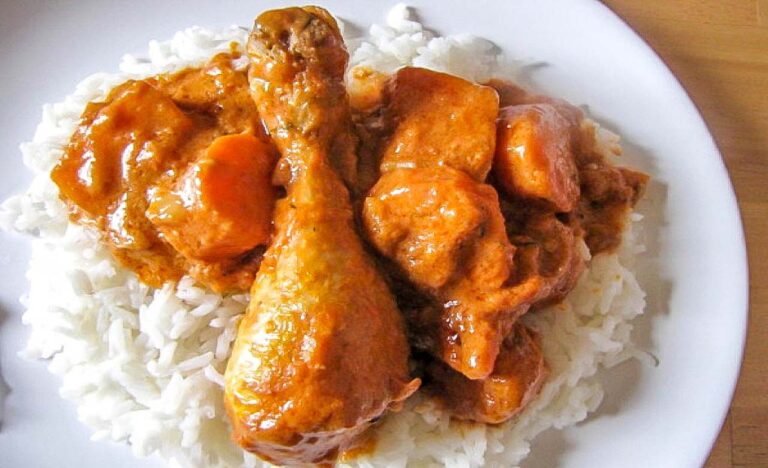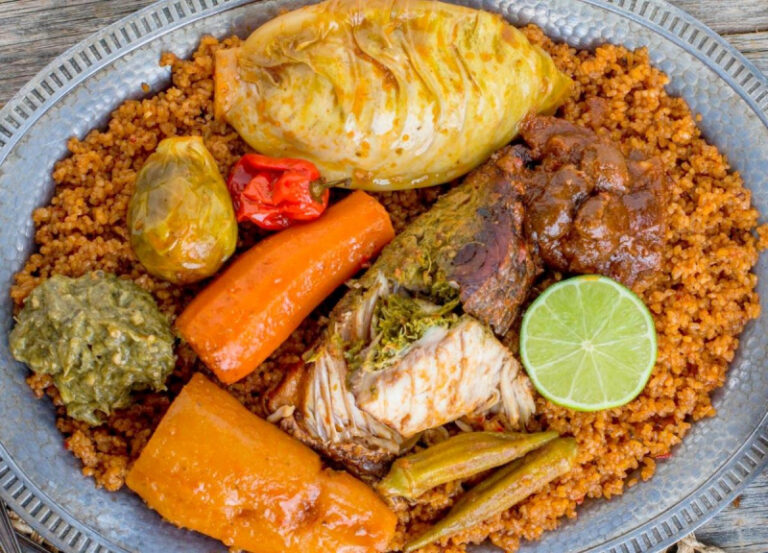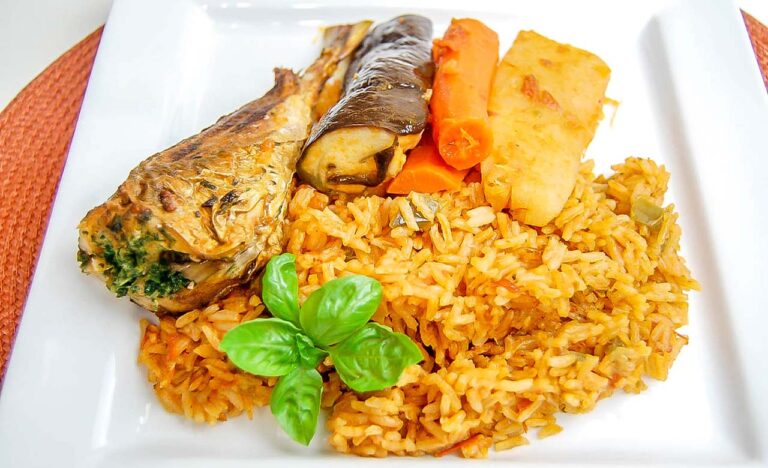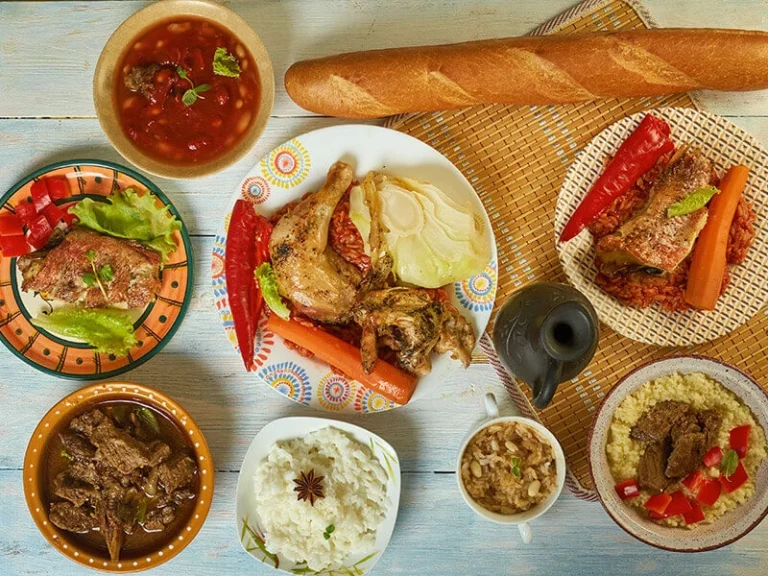Introduction: The Food Culture in Senegal
Senegal is a country located in West Africa, bordered by Mauritania, Mali, Guinea, and Guinea-Bissau. The food culture in Senegal is diverse and rich, with influences from French, Portuguese, and African cuisine. The most common ingredients in Senegalese dishes are seafood, rice, vegetables, and plantains.
Senegalese cuisine is known for its unique flavors and spices, such as thyme, garlic, and ginger. Some of the most popular dishes in Senegal include thieboudienne (fish in tomato sauce with rice and vegetables), yassa (chicken or fish marinated in lemon juice and onions), and mafe (peanut stew).
Traditional Food Markets: Where to Find Them
Senegal is known for its bustling food markets, which sell a variety of fresh produce, spices, and meats. Some of the most popular traditional food markets in Senegal include Sandaga Market and Kermel Market in Dakar, as well as Soumbedioune Fish Market in Saint-Louis.
At these markets, visitors can sample local delicacies such as grilled fish, roasted peanuts, and fresh mangoes. The markets are also a great place to buy souvenirs, such as African fabrics and handmade crafts.
Dakar’s Popular Street Food Festival
Dakar, the capital of Senegal, is home to the popular Street Food Festival, which takes place annually in the month of April. The festival attracts foodies from all over the world, who come to sample the diverse range of street food on offer.
Visitors can try local specialties such as thieboudienne, mafe, and bissap (hibiscus flower juice). The festival also features live music and cultural performances, making it a great way to experience Senegalese culture.
The Saint-Louis Jazz Festival and Gastronomy
Saint-Louis, a city located in northern Senegal, is home to the annual Saint-Louis Jazz Festival and Gastronomy event. The festival showcases some of the best jazz musicians from around the world, as well as local Senegalese musicians.
In addition to the music, the festival also celebrates Senegalese gastronomy, with food stalls selling local delicacies such as grilled fish, lamb kebabs, and peanut stew.
The Fatick Peanut Festival
The Fatick Peanut Festival is an annual event that takes place in the city of Fatick, located in central Senegal. The festival celebrates the importance of peanuts in Senegalese cuisine, as well as the role they play in the local economy.
Visitors can sample a variety of peanut-based dishes, such as peanut soup, peanut butter, and grilled peanuts. The festival also features cultural performances and handicraft exhibitions.
The Tambacounda Mango Festival
The Tambacounda Mango Festival is an annual event that takes place in the city of Tambacounda, located in eastern Senegal. The festival celebrates the abundance of mangoes in the region, as well as the role they play in Senegalese cuisine.
Visitors can sample a variety of mango-based dishes, such as mango juice, mango chutney, and mango ice cream. The festival also features cultural performances and handicraft exhibitions, making it a great way to experience Senegalese culture.










